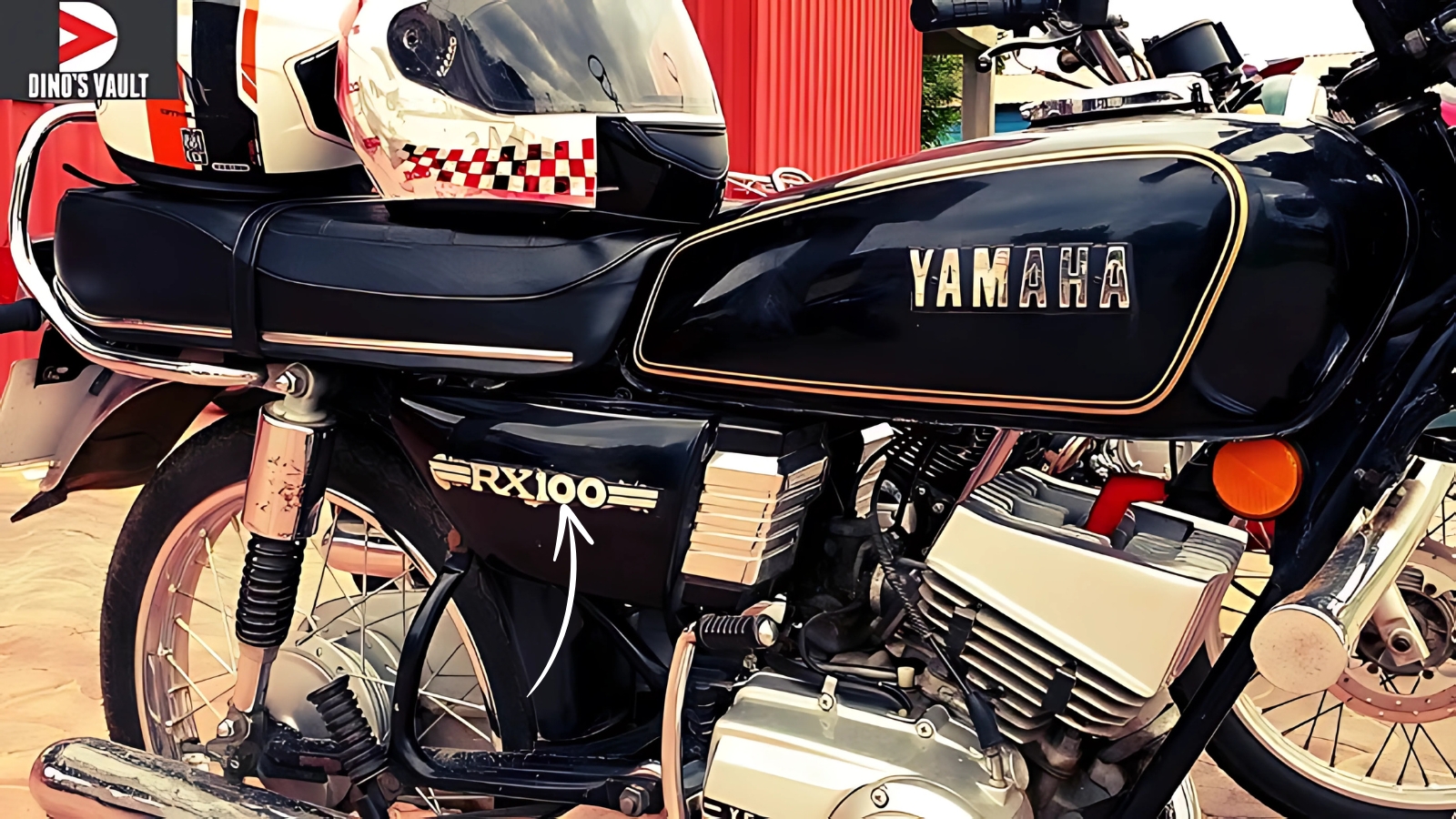Yamaha RX 100 : The unmistakable sound of a two-stroke engine might soon echo through Indian streets once again. Yamaha Motor India has confirmed plans to reintroduce the iconic RX 100, a motorcycle that defined an entire generation of riders during the 1980s and 1990s. This announcement has sparked widespread excitement among motorcycle enthusiasts who fondly remember the bike that became synonymous with raw performance and youthful rebellion.
Why the RX 100 Became a Cultural Phenomenon
For those who grew up in the late twentieth century, the RX 100 represented more than just transportation. It symbolized freedom, adventure, and the thrill of open roads. The motorcycle’s lightweight frame, coupled with its peppy 98cc two-stroke engine, delivered an exhilarating ride that larger, more expensive bikes struggled to match. (Yamaha RX 100) Young riders particularly cherished its quick acceleration and distinctive exhaust note that announced their arrival long before they appeared.
The original model, launched in 1985, quickly gained a reputation for reliability and performance. Mechanics loved its simple design that made repairs straightforward and affordable. Riders appreciated its fuel efficiency despite the spirited performance, achieving nearly 50 kilometers per liter even with enthusiastic throttle usage. These qualities transformed the RX 100 from a mere product into a cultural icon that influenced everything from Bollywood films to street racing culture.
Technical Evolution for Modern Times
While Yamaha remains tight-lipped about specific technical details, industry insiders suggest the new RX 100 will balance nostalgia with contemporary requirements. The biggest challenge involves meeting current emission standards while preserving the character that made the original special. Sources indicate Yamaha engineers have developed an advanced fuel injection system that could allow a modern two-stroke engine to meet BS6 norms.
The chassis will likely retain the original’s nimble characteristics while incorporating modern safety features. Expect improvements in braking performance with disc brakes replacing the drum setup, though purists hope Yamaha maintains the classic spoke wheels. Suspension technology has advanced significantly since the 1980s, promising better ride quality without sacrificing the connected feel riders treasured.
Design Philosophy: Honoring Heritage
Early sketches leaked from Yamaha’s design studios suggest a careful approach to modernizing the RX 100’s appearance. The fundamental silhouette remains intact—the distinctive fuel tank shape, the stepped seat, and the upswept exhaust all appear present in updated forms. Chrome accents and round headlamps pay homage to the original while LED lighting technology brings functionality into the present day.
Color schemes will reportedly include the classic combinations that adorned garage walls in countless posters. The familiar cherry red with white stripes, midnight black with gold pinstriping, and marine blue options should satisfy nostalgic buyers while attracting younger riders discovering the legend for the first time. Yamaha understands that excessive modernization could alienate core enthusiasts who want their memories preserved in metal and paint.

Market Positioning and Target Audience
The revived RX 100 enters a dramatically different market than its predecessor. Today’s entry-level motorcycle segment offers numerous options with four-stroke engines, digital displays, and fuel injection as standard. Yamaha’s challenge involves pricing the RX 100 competitively while justifying any premium charged for its heritage appeal.
Industry analysts predict a price range between ₹1.2 to 1.5 lakhs, positioning it against established players like the Honda CB Shine and Bajaj Pulsar 125. However, Yamaha isn’t merely chasing sales numbers. (Yamaha RX 100) The company views this launch as a brand-building exercise, reconnecting with customers who graduated to larger motorcycles but never forgot their first love. These riders, now in their 40s and 50s with disposable income, represent a unique demographic willing to pay for nostalgia.
Environmental Considerations and Future Outlook
The elephant in the room remains environmental regulations. Two-stroke engines earned their reputation for performance but also for higher emissions compared to four-stroke alternatives. Yamaha’s commitment to reintroducing this technology suggests confidence in their engineering solutions. The company has hinted at revolutionary catalytic converter technology and precise fuel management systems that could make two-strokes viable again.
Success could open doors for other manufacturers to revisit discontinued favorites. The motorcycle industry watches closely, understanding that emotional connections often outweigh rational purchase decisions. If Yamaha successfully balances performance, emissions, and nostalgia, it could trigger a broader revival of classic nameplates adapted for modern times.
Vivo V40 5G – Stylish design smartphone launch with DSLR camera
Yamaha RX 100 The Emotional Journey Continues
The RX 100’s return represents more than a business decision. It acknowledges the powerful memories created when humans and machines form lasting bonds. For thousands of riders, this motorcycle provided first tastes of independence, carried them to job interviews, and served as faithful companions through life’s journey. Yamaha’s decision to revive this legend offers a chance to relive those golden days while creating new memories for future generations.